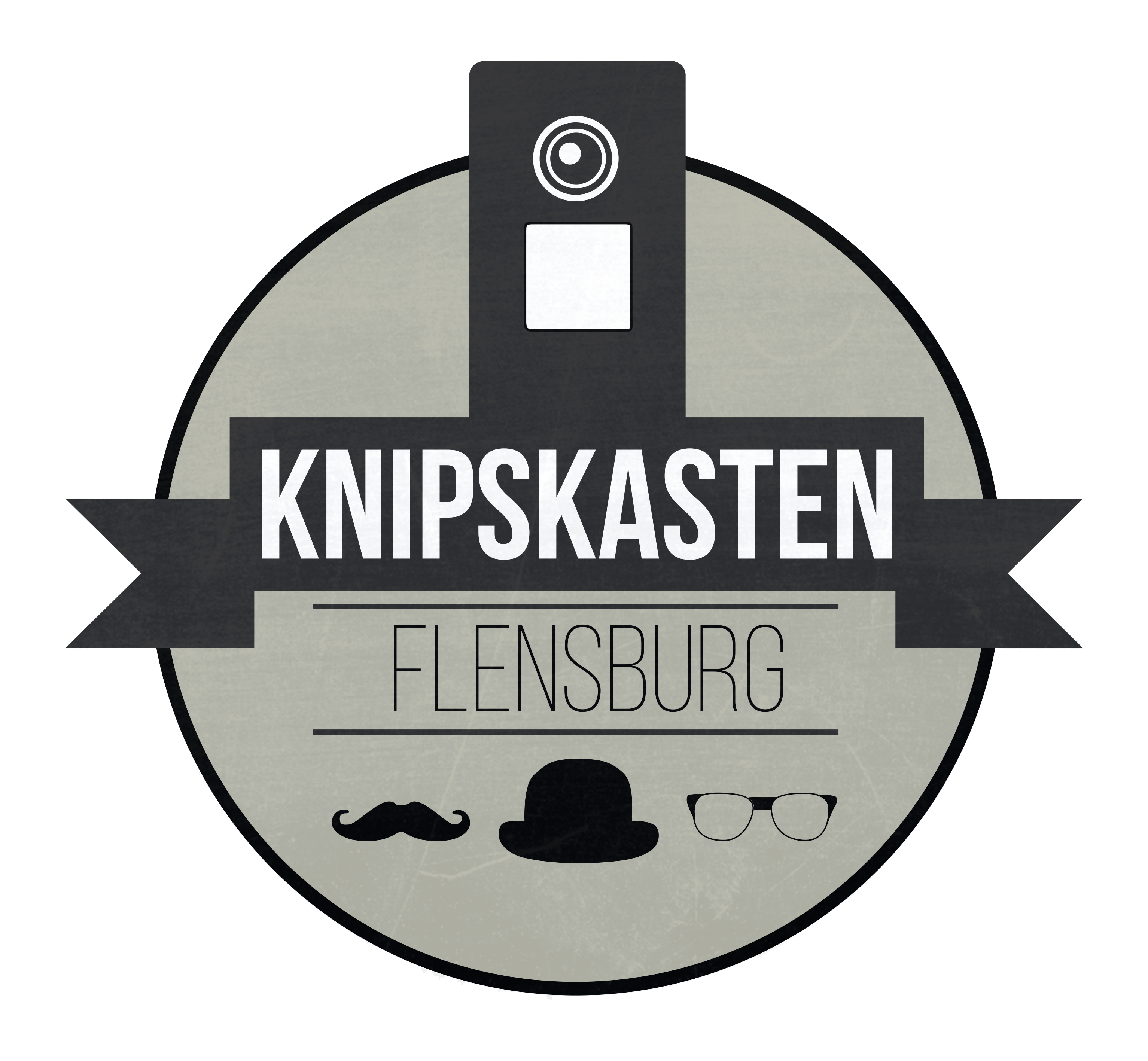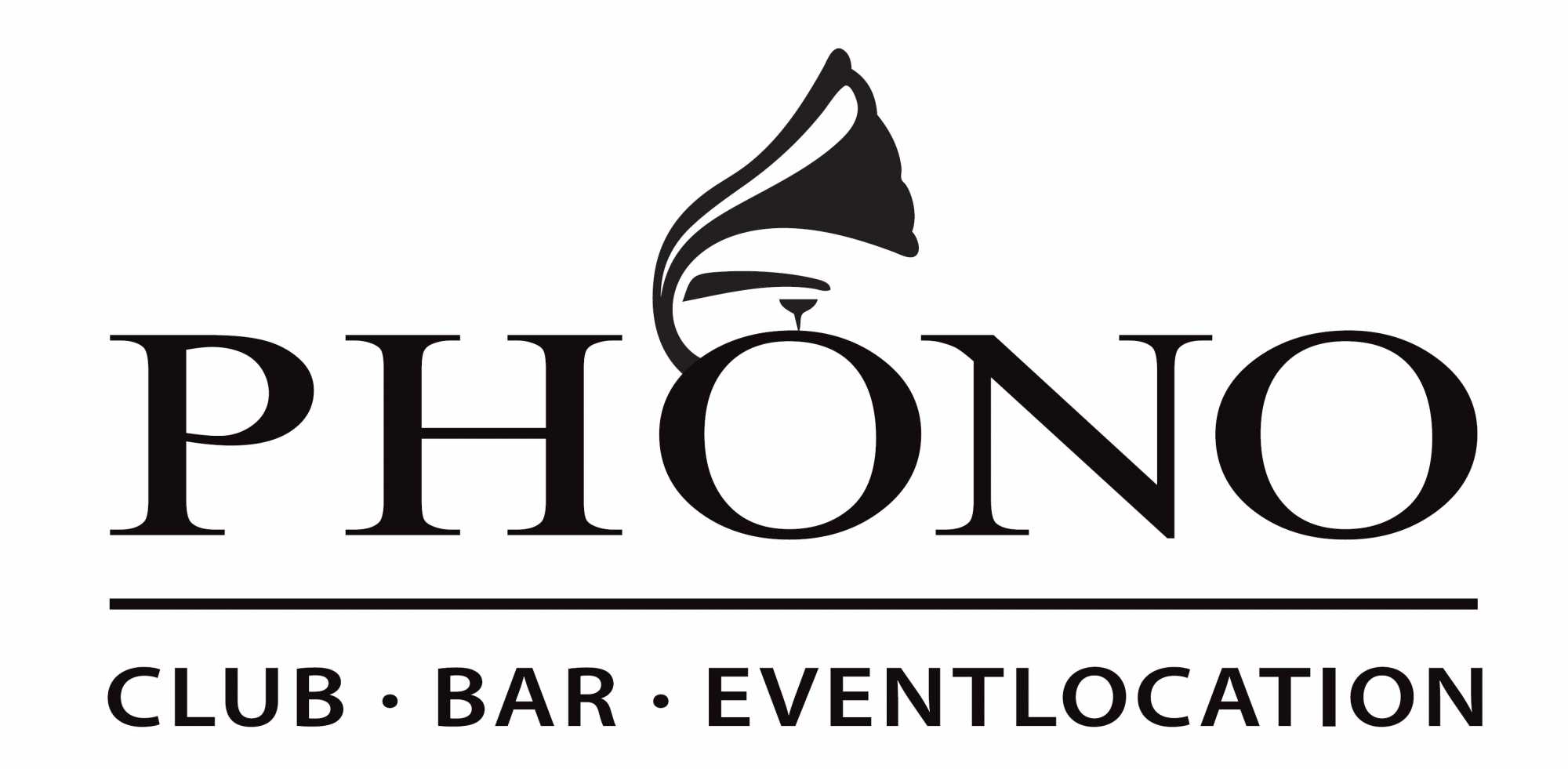- 1 | Stefan Schuller
- 2 | Kevin Fazekas
- 3 | Franz Paul Jagschitz
- 4 | Marco Laubner
- 5 | Thomas Klemenschitz
- 6 | Tom Fasching
- 7 | Jakob Szorger
- 8 | Lorenz Rudolf Kerstinger
- 9 | Rudolf Kerstinger
- 10 | Andrea Kerstinger
- 11 | Lukas Stahleder
- 12 | Manuel Herkovich
- 13 | Jonas Johann Hercseg
- 14 | Thomas Babonich
- 15 | Elijah Cernut
- 16 | Manuel Trachta
- 17 | Fabio Ressner
- 18 | Tobias Szaffich
- 19 | Marko Novokmet
- 20 | Lukas Schattovits
- 21 | Christoph Schaffer
- 22 | Markus Mörk
- 23 | Kovar Joy
- 24 | Martin Kremsner
The Burgenlandkroaten-HKD Team at the EUROPEADA
The “ Burgenlandkroaten-HKD” is the representative team of the Burgenland Croats in Austria.
In 2022, the Burgenland Croats took part in the EUROPEADA Championship for the first time.
The Burgenland Croats
The ethnic group of Burgenland Croats – Croatic Gradišćanski Hrvati – is represented today in four countries: in Austria (Burgenland and Vienna), in Slovakia (several communities near Bratislava), in the Czech Republic (Southern Moravia) and in Hungary (along the Austrian border). The ethnographic term “Burgenland Croats“ encompasses the descendants of the Croats that have settled in the destroyed and deserted villages and towns in Western Hungary in the 16th and 17th century. Historians estimate the number of people, living in these areas for more than 450 years by today, ranging between 60 000 and 100 000. Members of the Croatian people live in six out of seven districts in Burgenland. Only in the southernmost part of the country, in the district Jennersdorf, there are no Croatian or mixed municipalities. The Croats do not constitute the majority in any of the districts, but the most Croats live in the district Oberpullendorf, relatively speaking, and in the district Eisenstadt, looking at absolute numbers. In all six districts there are Croatian linguistic islands, yet again these are permeated by German-speaking communities. Only in the district Oberpullendorf and parts of the district Eisenstadt there is a more or less compact Croatian, or to a growing extend bilingual, area. Exclusively Croatian-speaking communities have vanished today, in only a few smaller villages in the district Oberpullendorf (500 to 15000 inhabitants) Croats make up 80% to 95% of the population. A significant part of the ethnic group has settled down in Vienna, mainly due to economic factors such as labour shortage in the Burgenland. This process already began after World War I and still continues today. Partly these people are weekly commuters, partly they live in Vienna permanently. The Burgenland Croats are culturally, as well as ethno-politically well organised. The Croatian Burgenland-dialect is designated as official language in six districts (30 municipalities) and in the higher authorities in Vienna and Graz. At the elementary schools (Volksschulen) in bilingual communities in Burgenland and Western Hungary, at bilingual general schools (Hauptschulen) and polytechnical courses and at some middle schools as well as at the University in Vienna and the Paedagogical Academy in Eisenstadt students are taught in Croatian. Through intensive contacts with Croatia, the Burgenland Croats became familiar with the tamburica, the Croatian national instrument, already in 1922. In the following years many tamburica-groups and choirs that are still active today have been founded. The tamburica became the main symbol of the Croatian ethnic group in Burgenland. Today the tamburica plays an important role in the Croatian youth work.
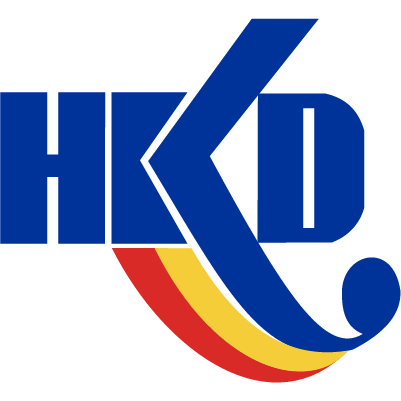


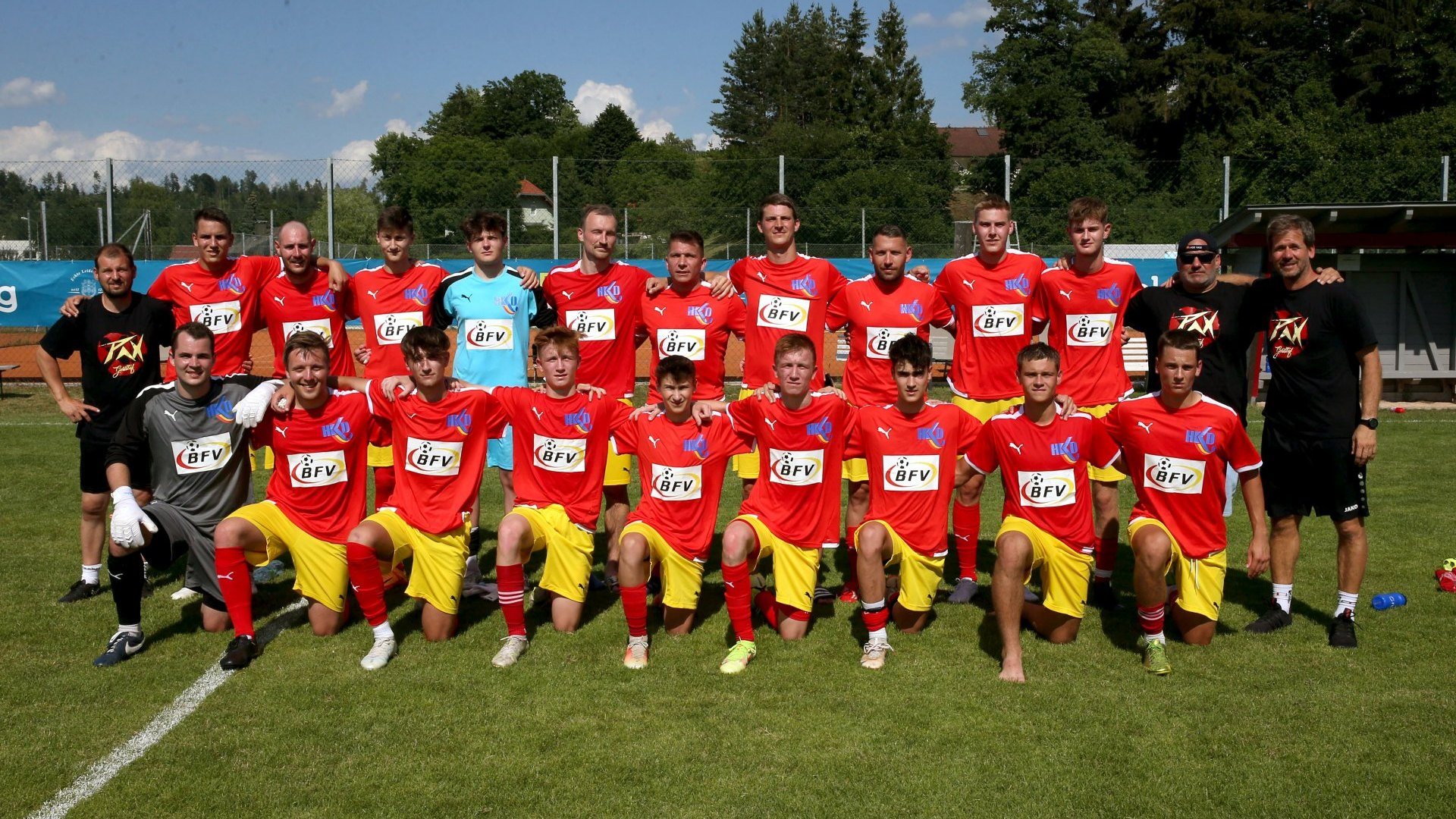
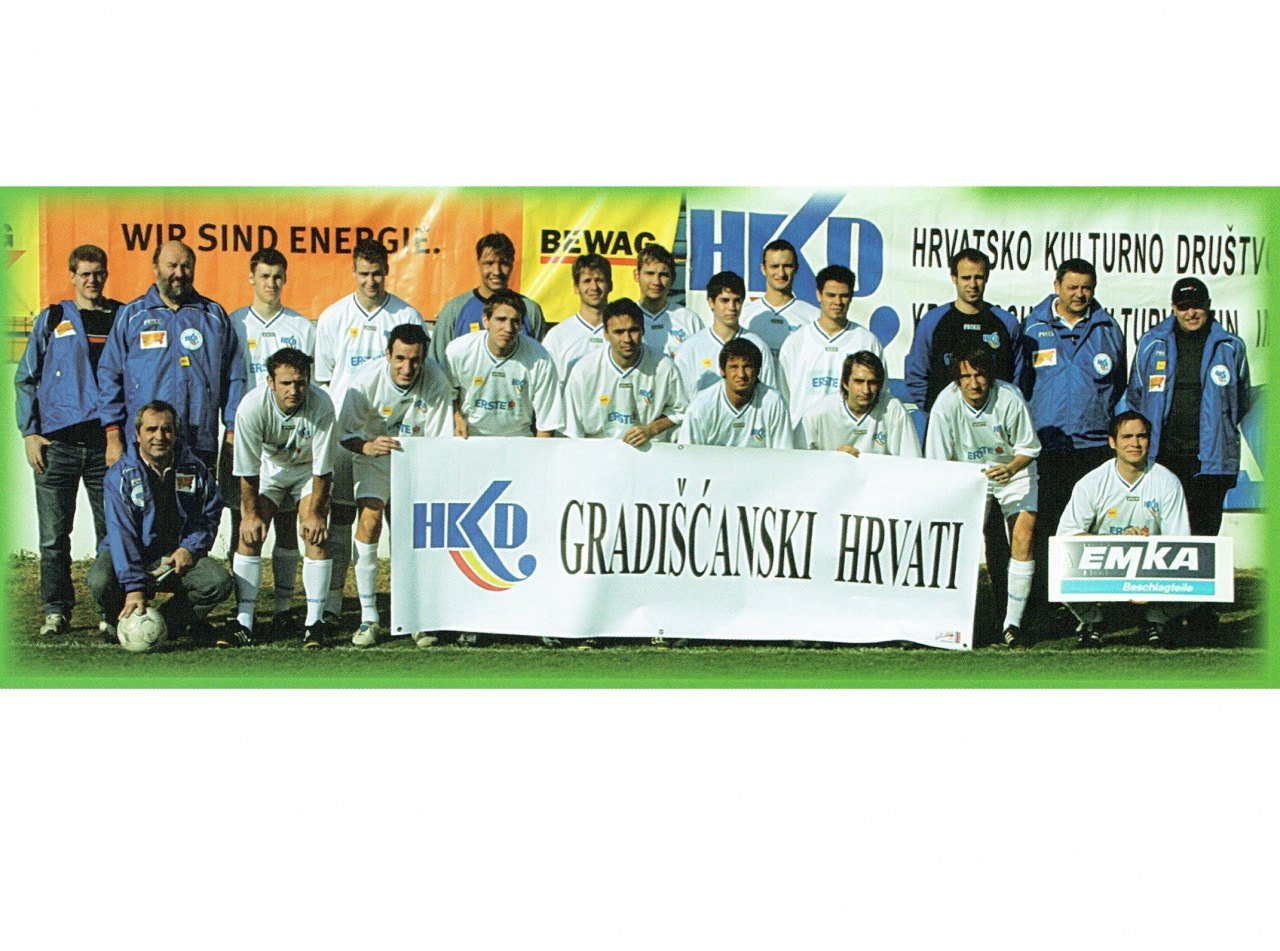



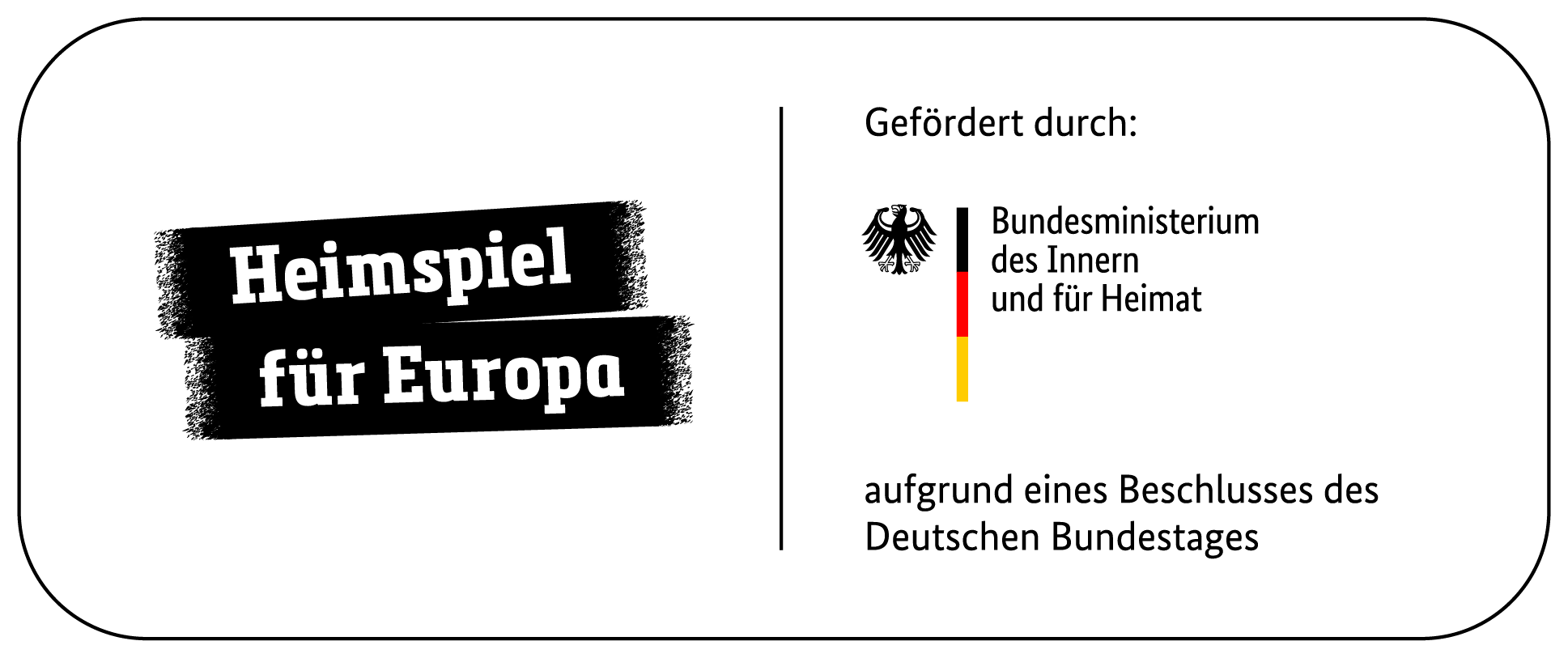
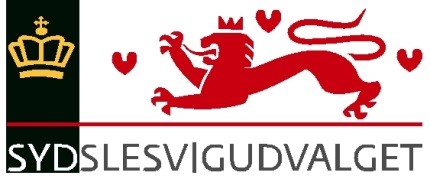



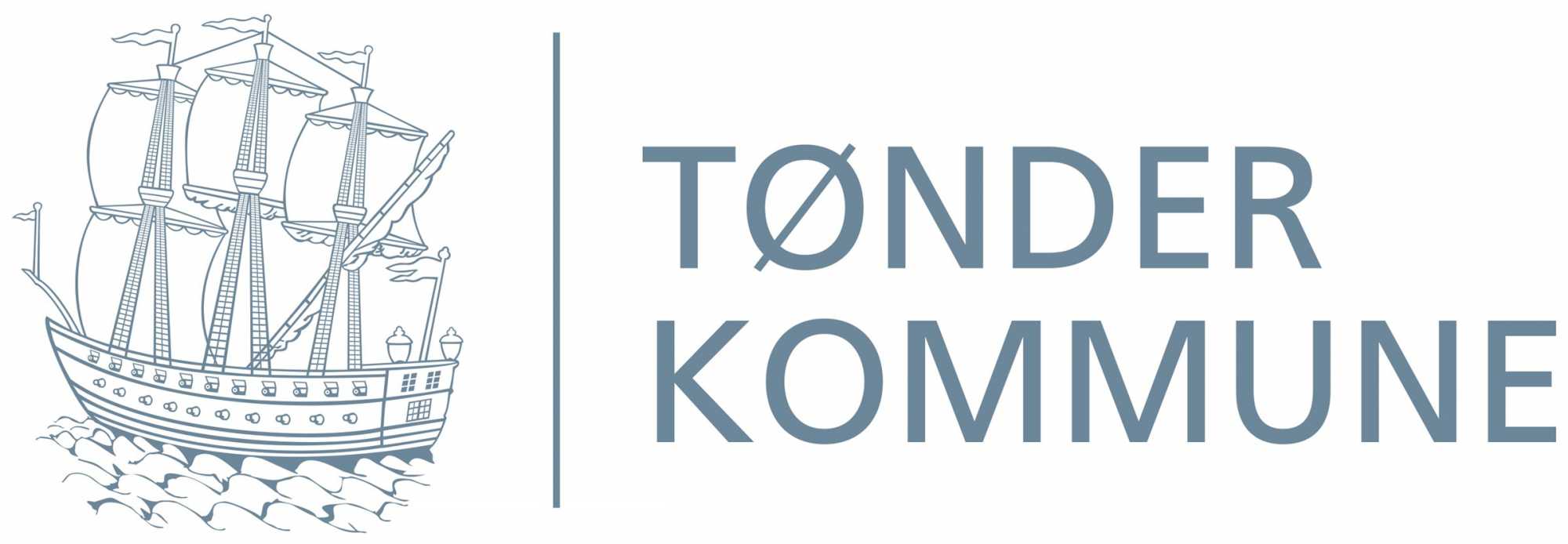
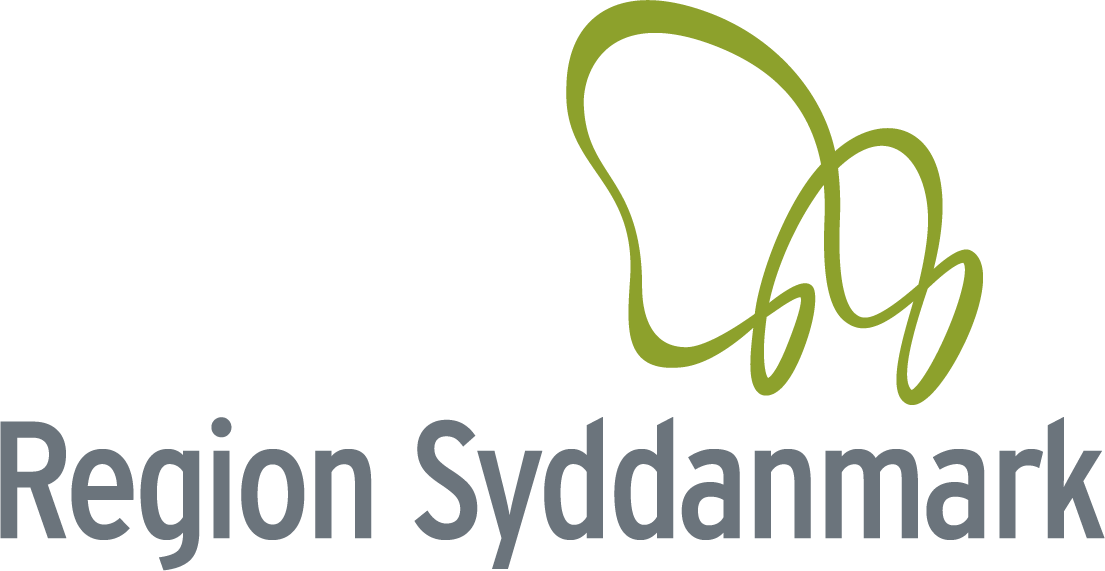
.png)




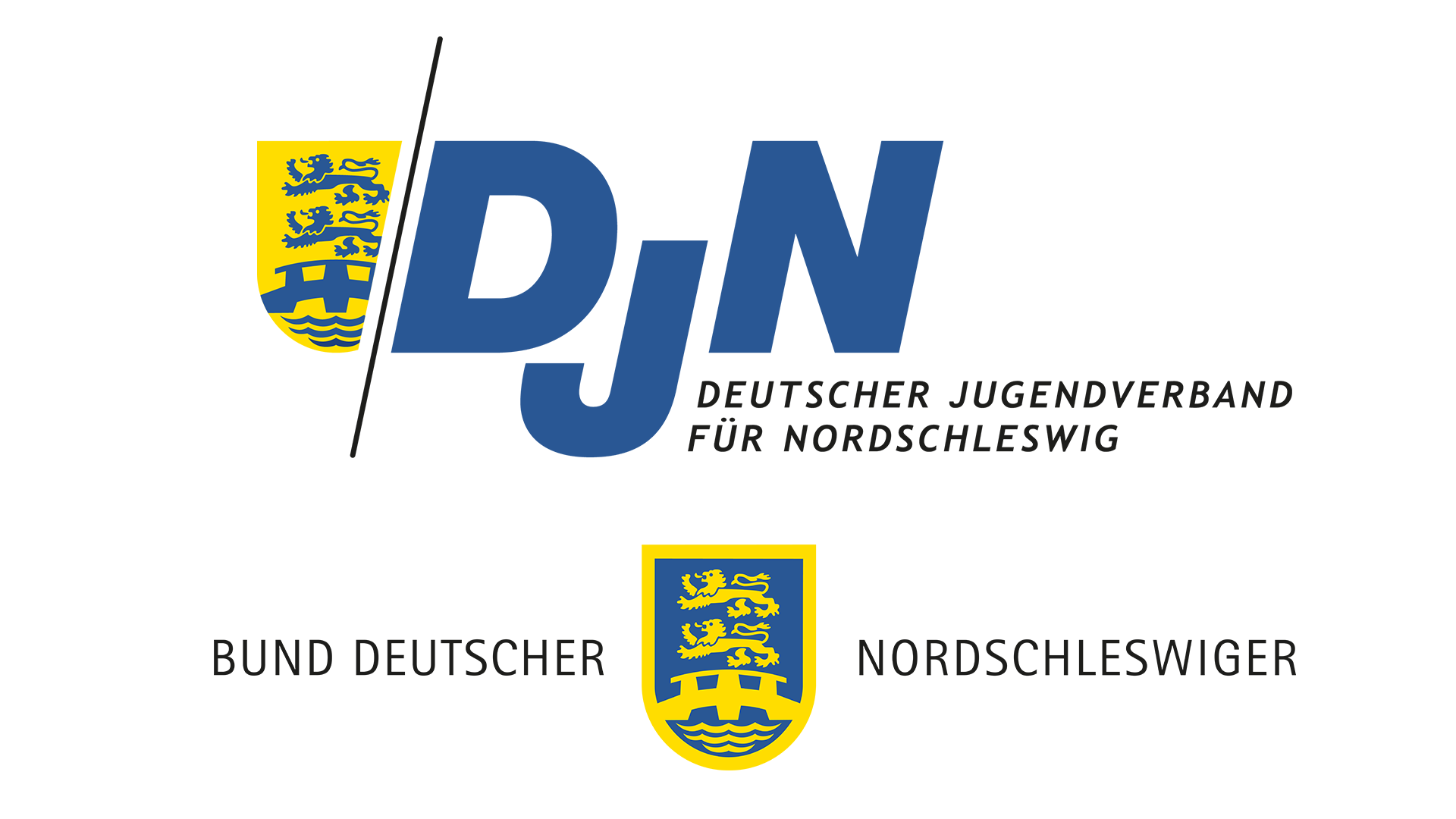
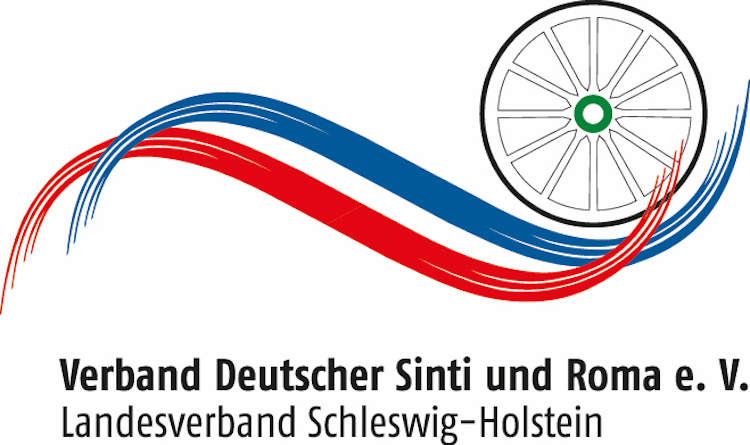

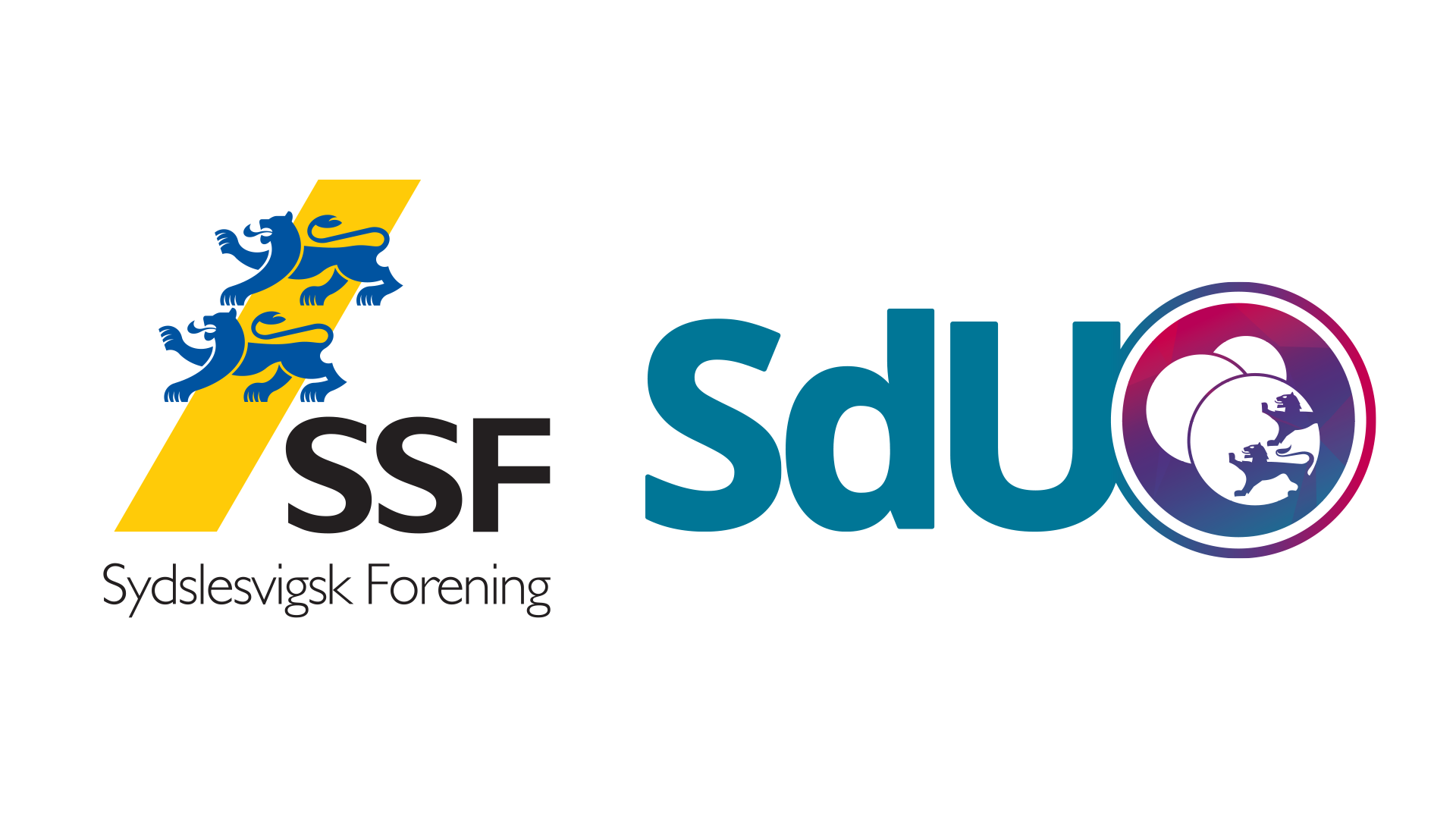
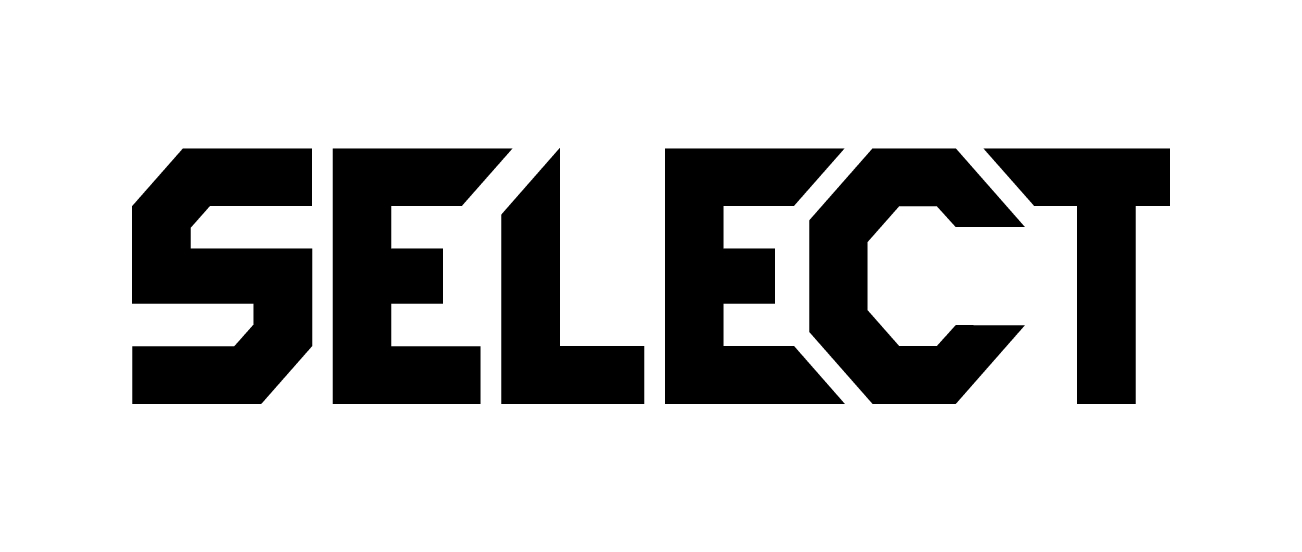

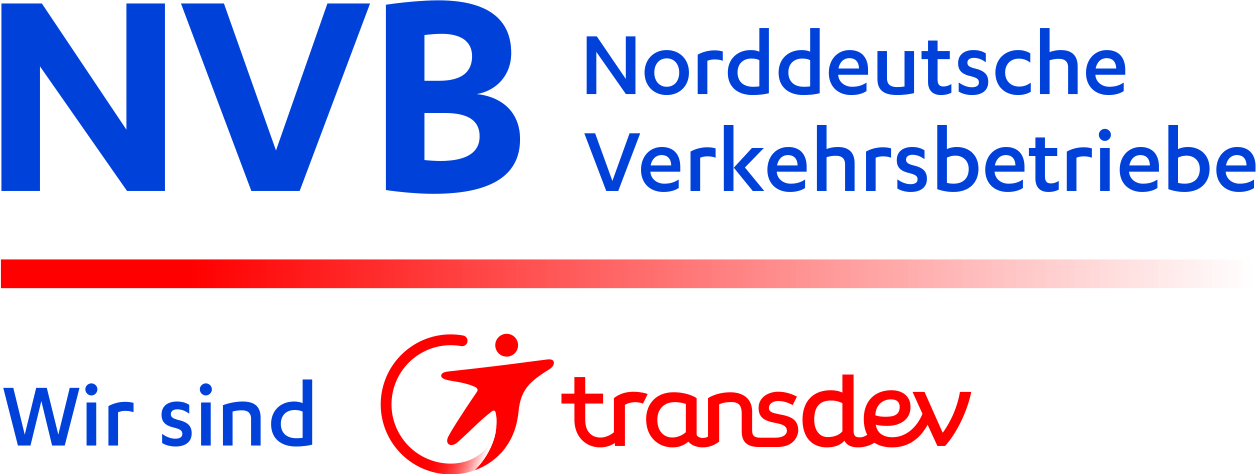

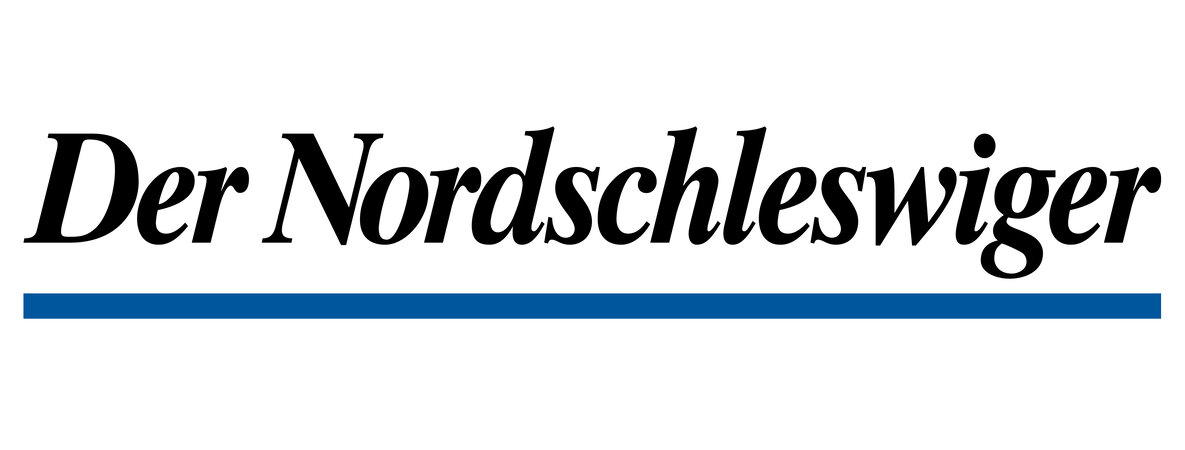




-1.png)
_(1).png)
